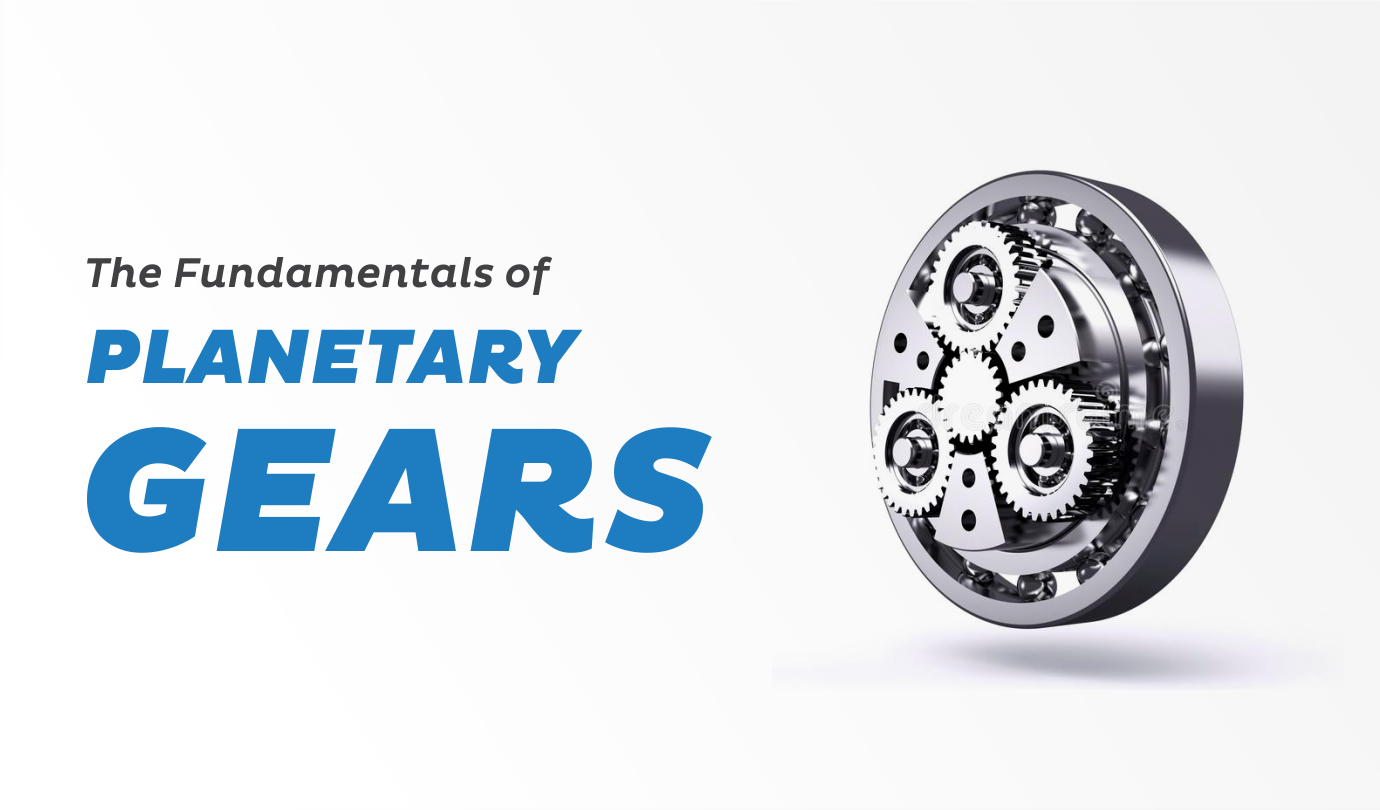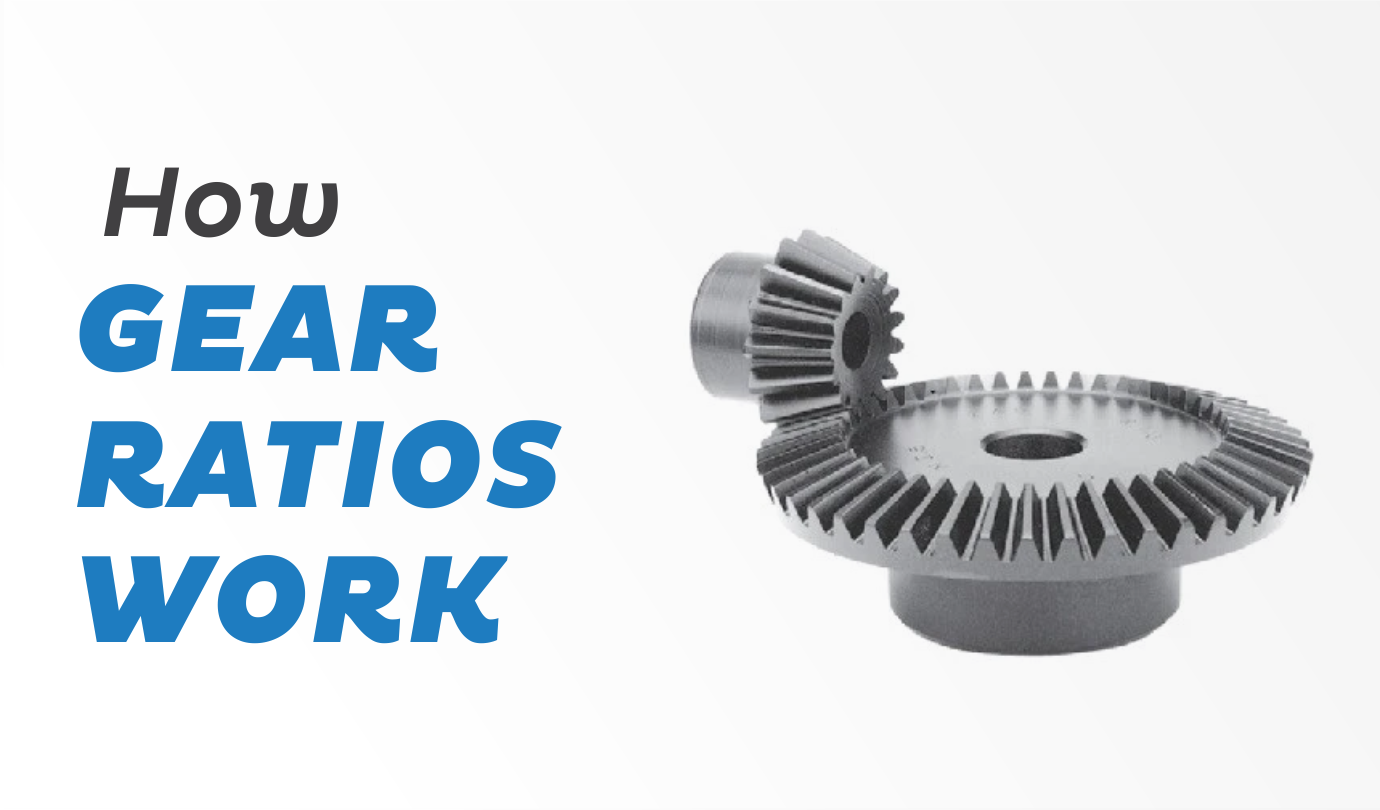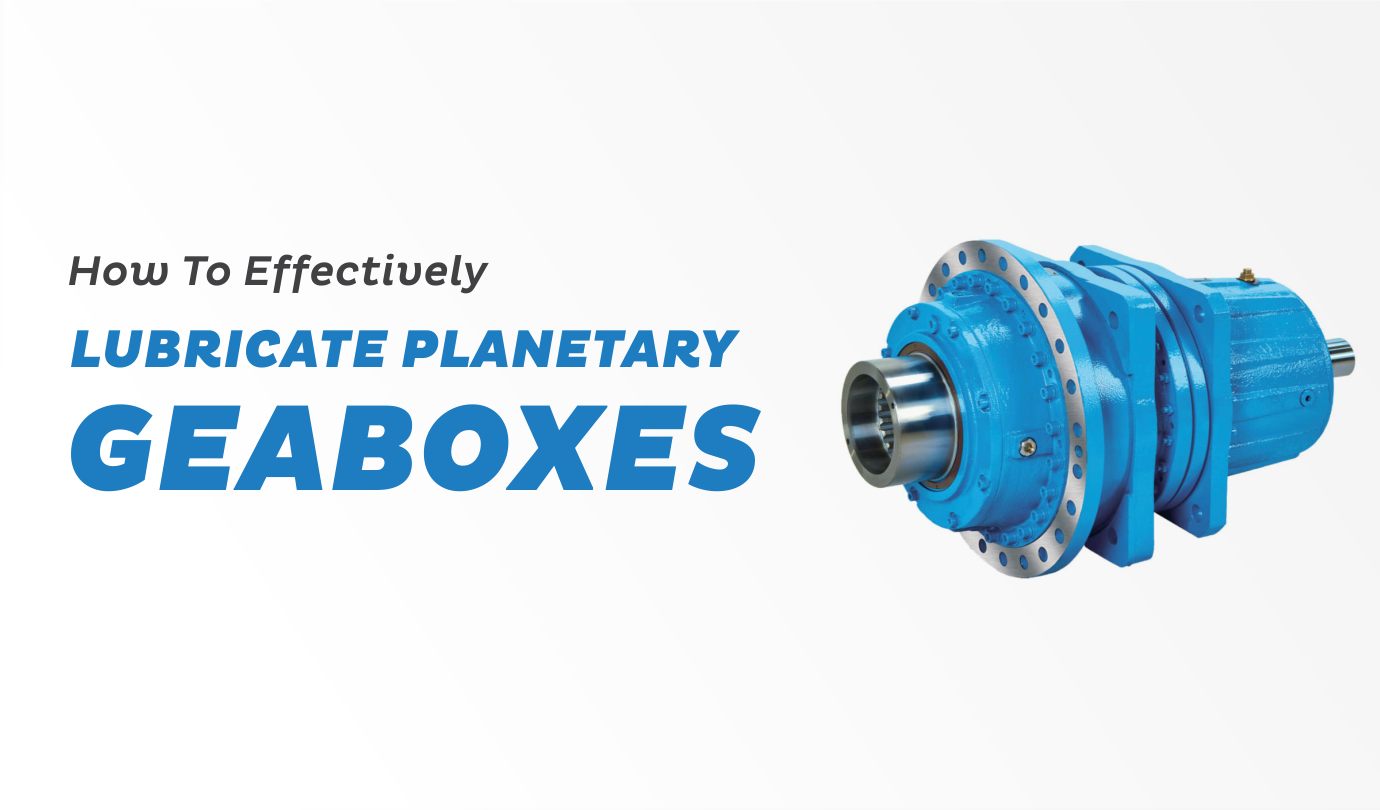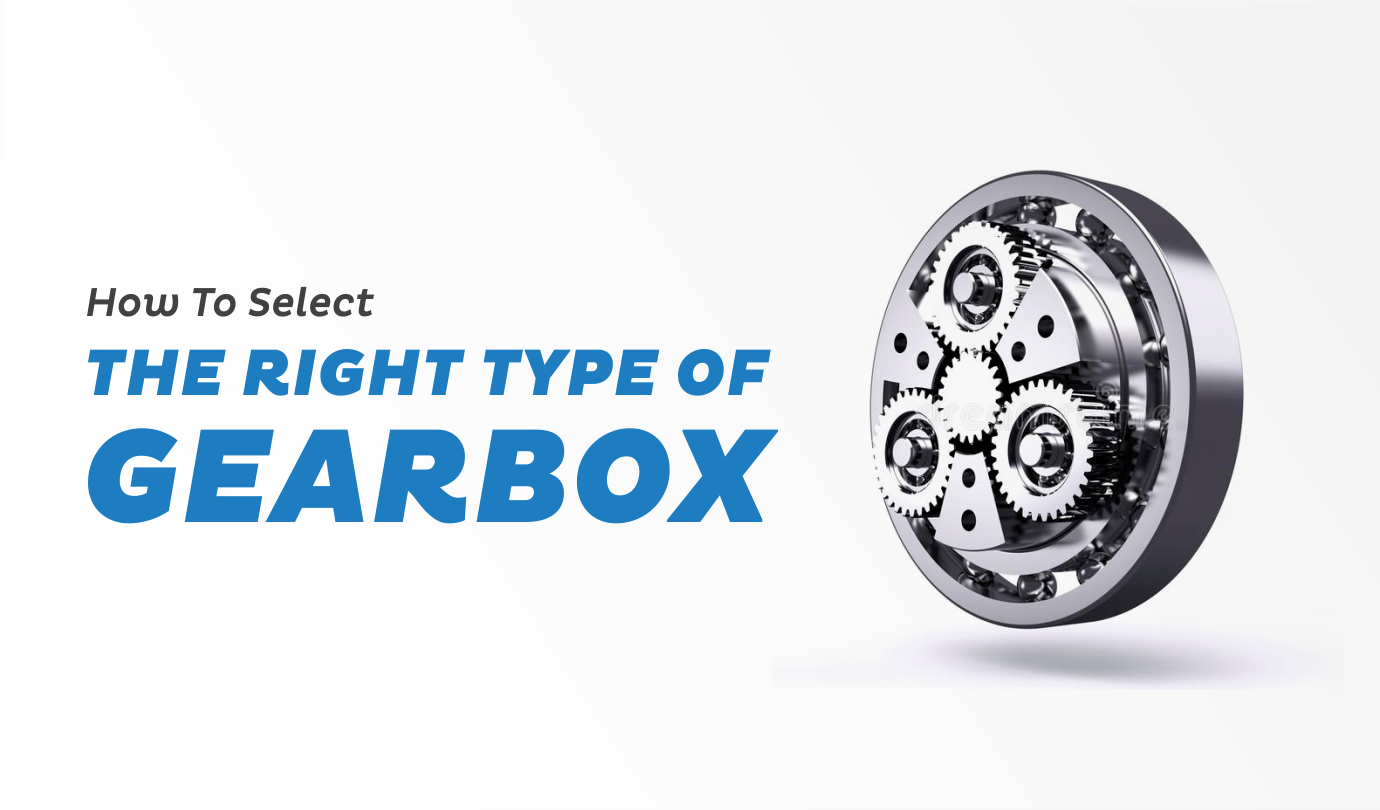Planetary gear systems, often termed epicyclic gear systems, are fairly complicated at first appearance. It is undoubtedly true that only a qualified gear engineer is capable of mastering all of the delicate details involved in developing this sort of gear system.
Planetary gears center contemporary engineering, powering anything from basic plant equipment to cutting-edge electric cars through gearboxes. Thousands of years ago, the basic structure of a central drive and circling gears were designed to impersonate the movements of the planets. Planetary gears are currently utilized in applications mandating high torque density, great operating efficiency, and durability. In this post, we’ll look at the operating principles of planetary gears, how they operate, and where you could find them.
Planetary Gears – What Are They?
A planetary gear set consists of three distinct kinds of gears: sun gears, planet gears, and ring gears. At the center, the sun gear sends torque to the planet gears, which are normally placed on a movable carrier. Planet gears orbit the sun gear and interlock with an outer ring gear. Planning gear systems may be either basic or quite complicated depending on the specific application.
How Is A Planetary Gear Set Defined?
A straightforward planetary gear system is composed of three major components:
1. The central sun gear (central gear).
2. Multiple planet gears
3. The ring gear (outer gear).
Within a planetary gearbox, the three components comprise a stage. Double or triple stages may be used to achieve greater ratios. Planetary gearboxes may be powered by electric motors, hydraulic motors, or internal combustion engines such as gasoline or diesel.
The sun gear distributes the load to multiple planetary gears that may be used to drive an outer ring, a shaft, or a spindle. It powers multiple external gears that rotate in unison, hence increasing the torque. A high-speed, low-torque input is required for the center sun gear.
The straightforward design is an efficient and effective method of transmitting power from the motor to the output. Around 97 percent of energy, intake is converted to energy production.
Creating Planetary Gears
Planetary gear production requires the same abilities as any other sort of precision gear manufacturing. Premium Transmission Pvt Ltd is a renowned gear manufacturer that specializes in cutting and grinding custom gears. We offer a broad range of gear manufacturing capabilities, including the capacity to manufacture all of the individual gears that comprise a planetary gear system.
Operational Principles
Planetary gearboxes are classified into three types: wheel drive, shaft output, and spindle output. What are they, and how do they work?
Driven by Wheels
The sun gear powers the surrounding planetary gears, which are mounted to a carrier in a wheel drive planetary gearbox. The planet gears spin the outer ring gear when the sun gear is powered. The wheels may be installed on top of the gearbox housing. The assembly’s size may be minimized by directly attaching the wheel to the gearbox. Planetary gears for wheel drive may provide up to 100,000 Nm of torque.
Shaft Power Output
The sun gear powers the planetary gears surrounding it in shaft drive gearboxes. The planetary gears are placed in a revolving carrier. The ring gear is fixed in place while the revolving carrier transmits power to the shaft.
The gearbox’s housing is permanently attached to the machine, and the output is a spinning shaft. Our line of shaft output gears can deliver torques of up to 6,700,000 Nm.
Output of Spindle
Planetary gearboxes with spindle outputs operate similarly to shaft outputs; however, the output is provided as a flange. Our planetary gears for spindle drive can provide up to 1,000,000 Nm of torque.
Planetary Gear Applications
Planetary gears are often utilized when space and weight constraints exist, yet significant speed reduction and torque are required. This criterion applies to a wide range of sectors, including tractors and construction equipment that need a high torque level to drive the wheels. Planetary gear sets are also used in various applications, such as turbine engines, automatic gearboxes, and electric screwdrivers.
Planetary gear systems can generate a large amount of torque due to the load being spread across multiple planet gears. As a result, the weight is distributed more uniformly, making the gears more resistant to damage. Additionally, this configuration results in more contact surfaces and a bigger contact area between the gears than a parallel axis gear system would.
Planetary gear sets include an expansive range of applications.
Planetary gearboxes are utilized in the following applications:
- Wheel drives
- Track drives
- Conveyors
- Slew drives
- Hoist drives
- Mixing
- Winch drives
- Pumps
- Coil tubing injectors
- Auger & drilling drives
- Cutter head drives
- Sugar Mill & Boiler equipment
Planetary gear sets may be employed in stages, providing a range of transmission ratio possibilities to suit your specific needs.
Conclusion
The result should dictate the kind of planetary gearbox, its size, and gearing ratio. It requires a delicate balance of size, efficiency, performance, and cost. At Premium Transmissions, we collaboratively approach the design. We start each project by acquiring a thorough grasp of the application, the machine’s speeds, torque, and function.













